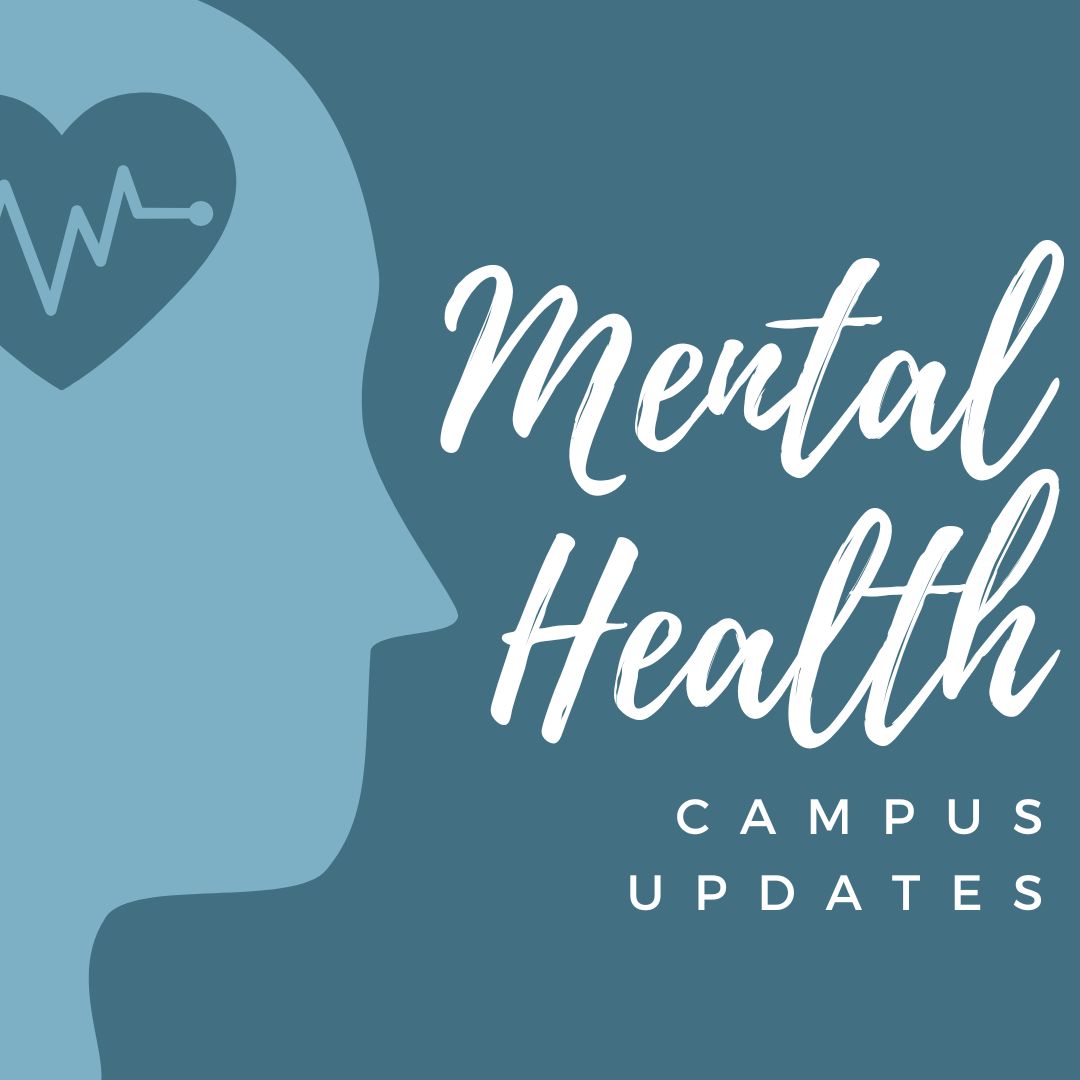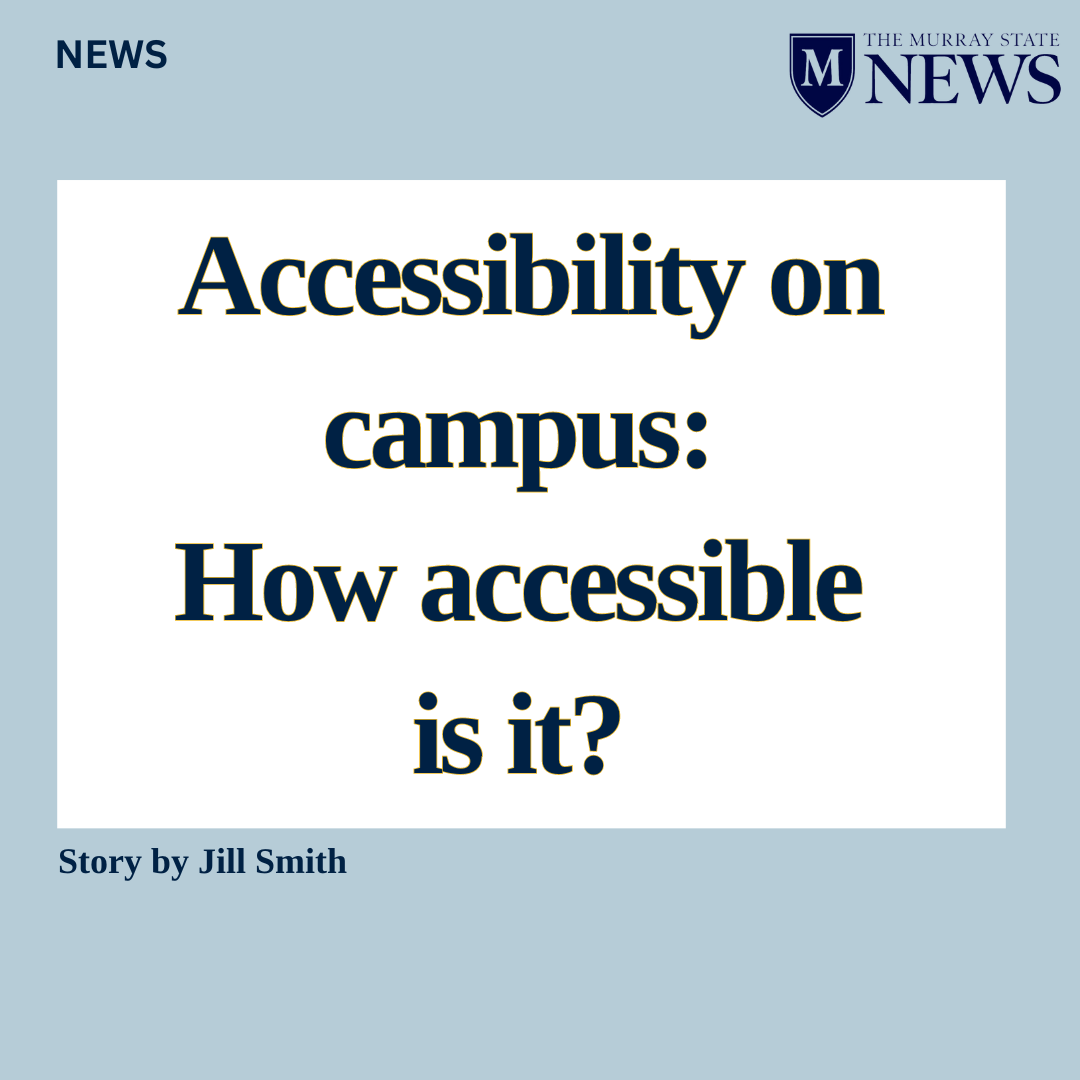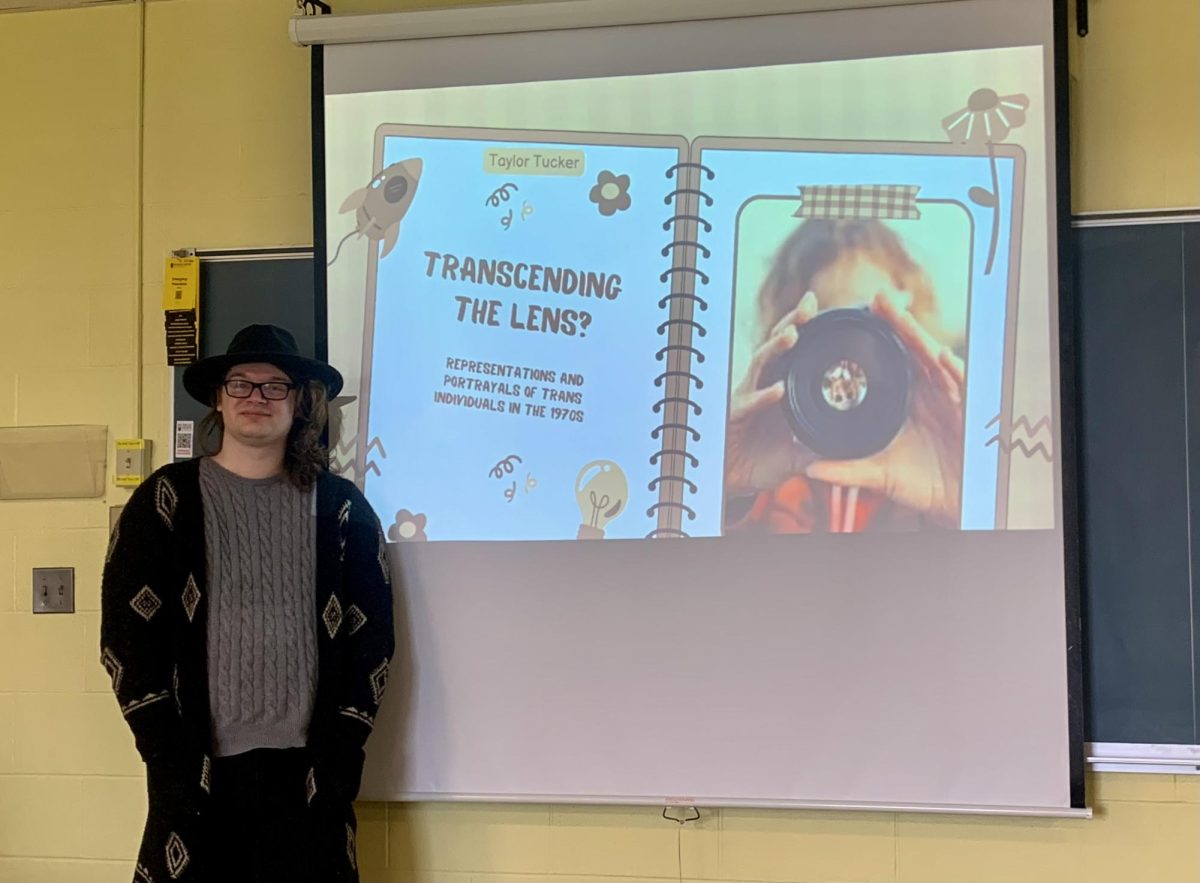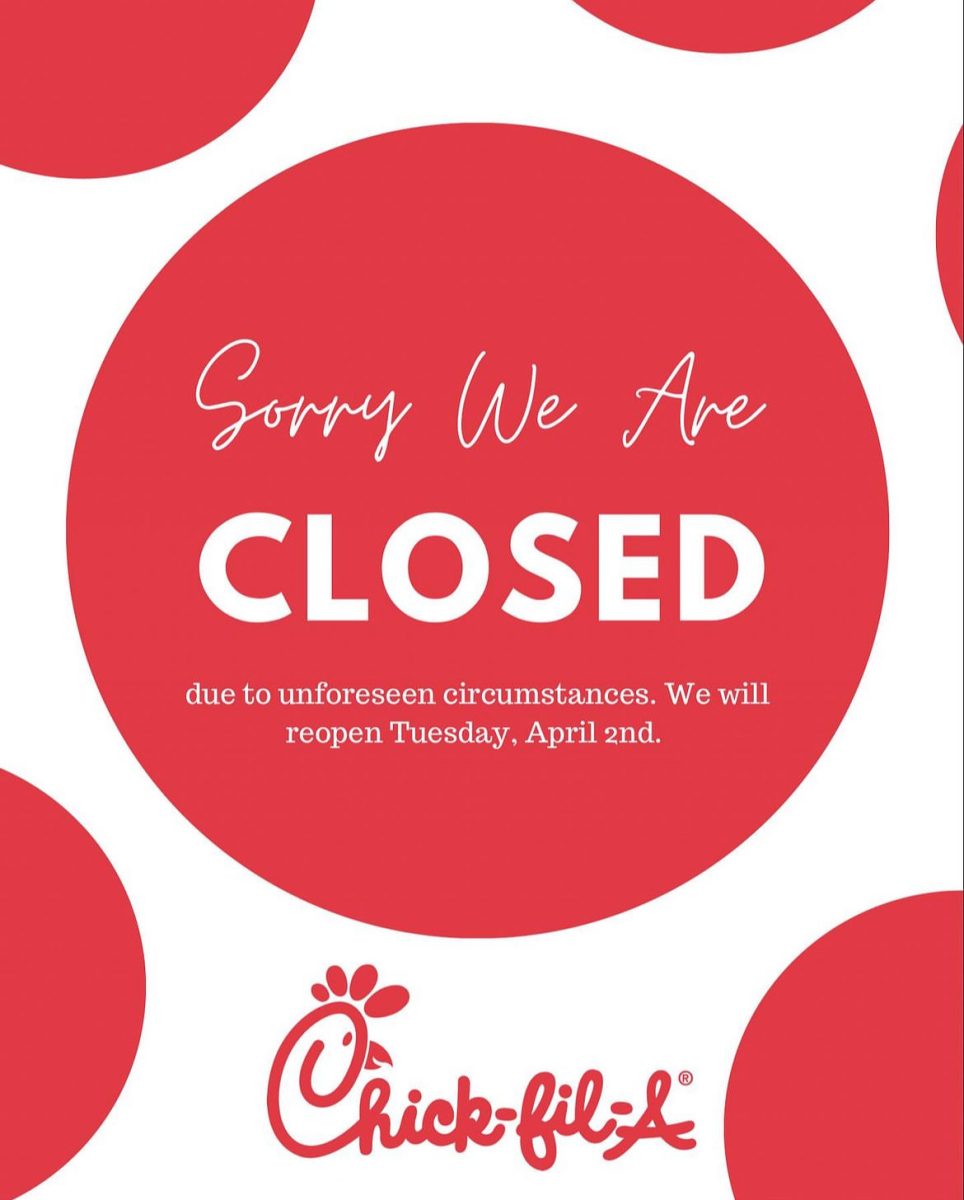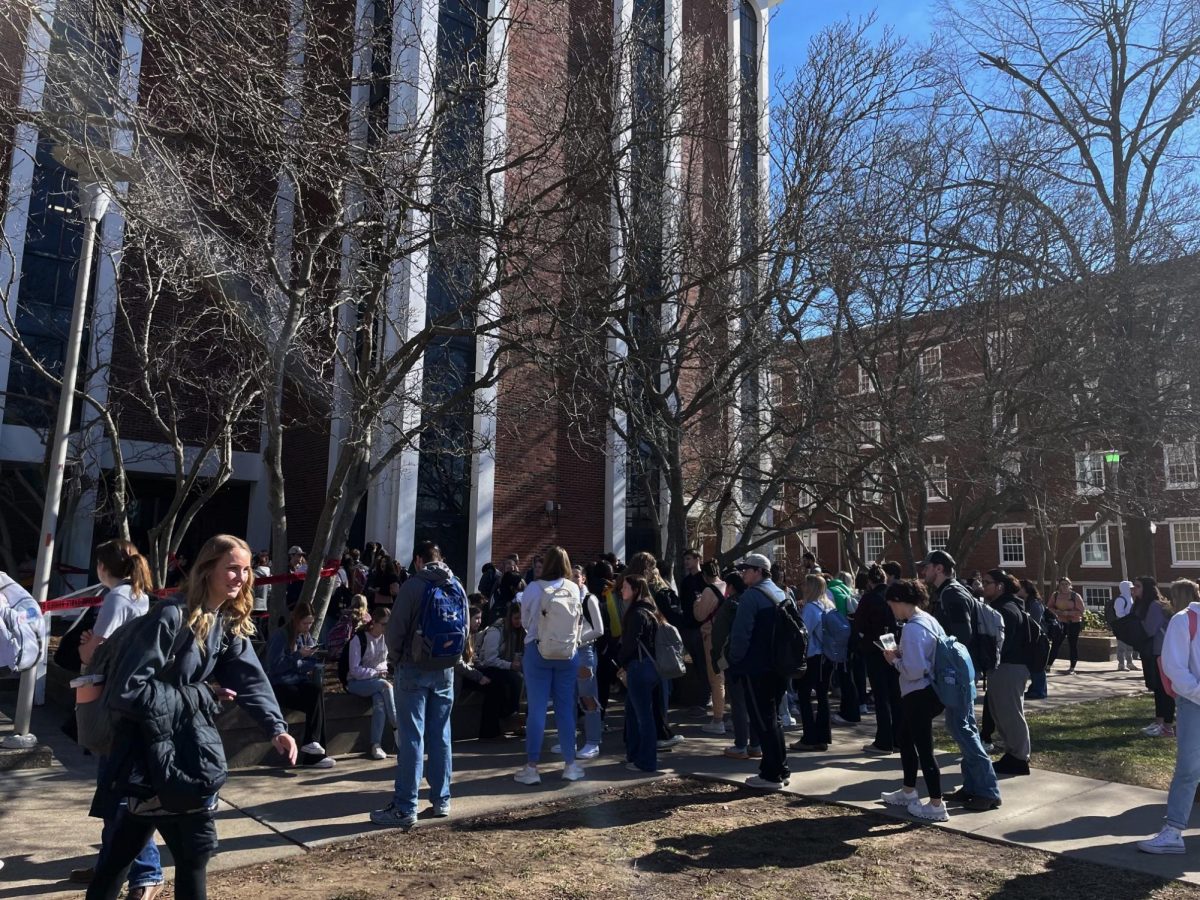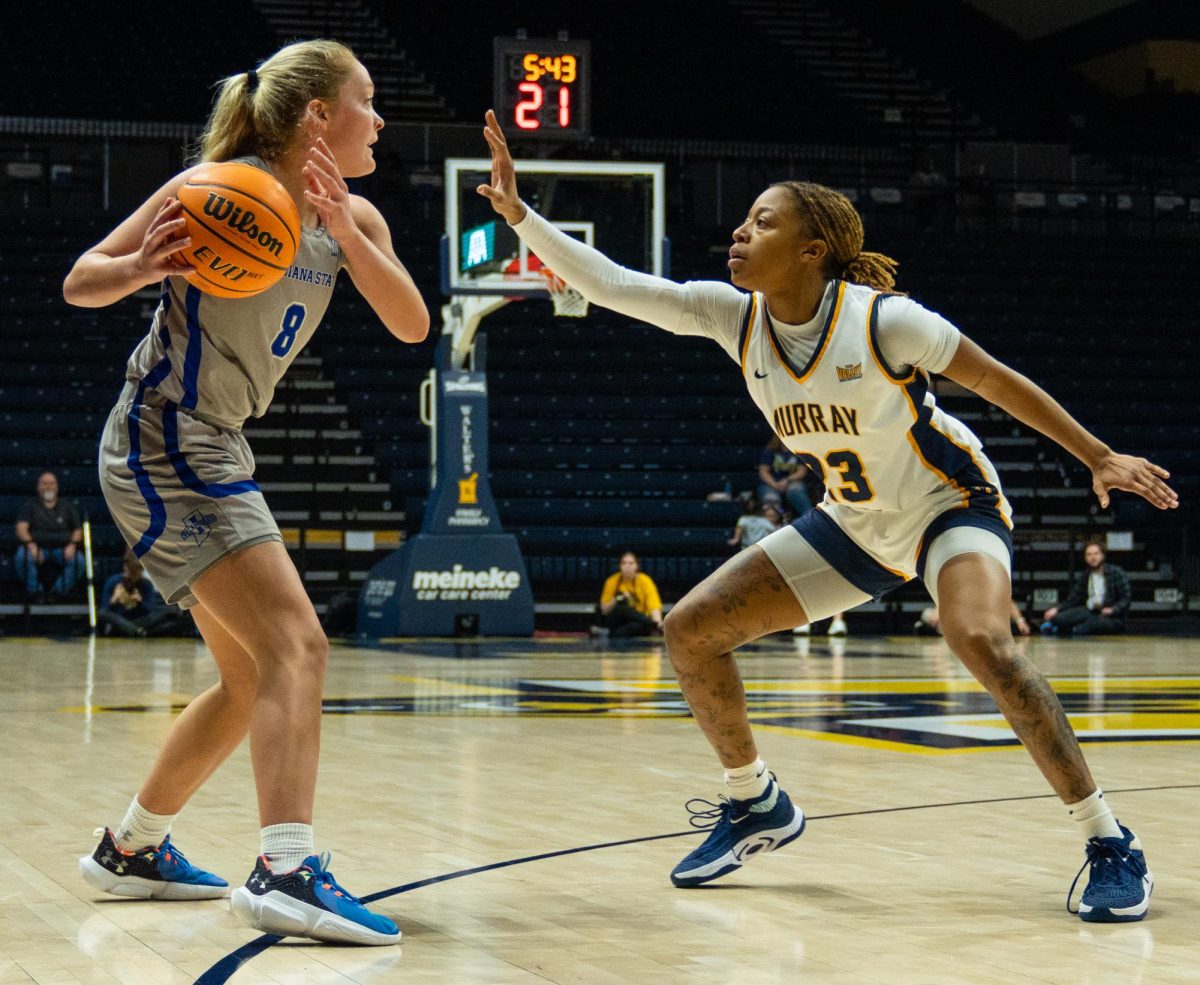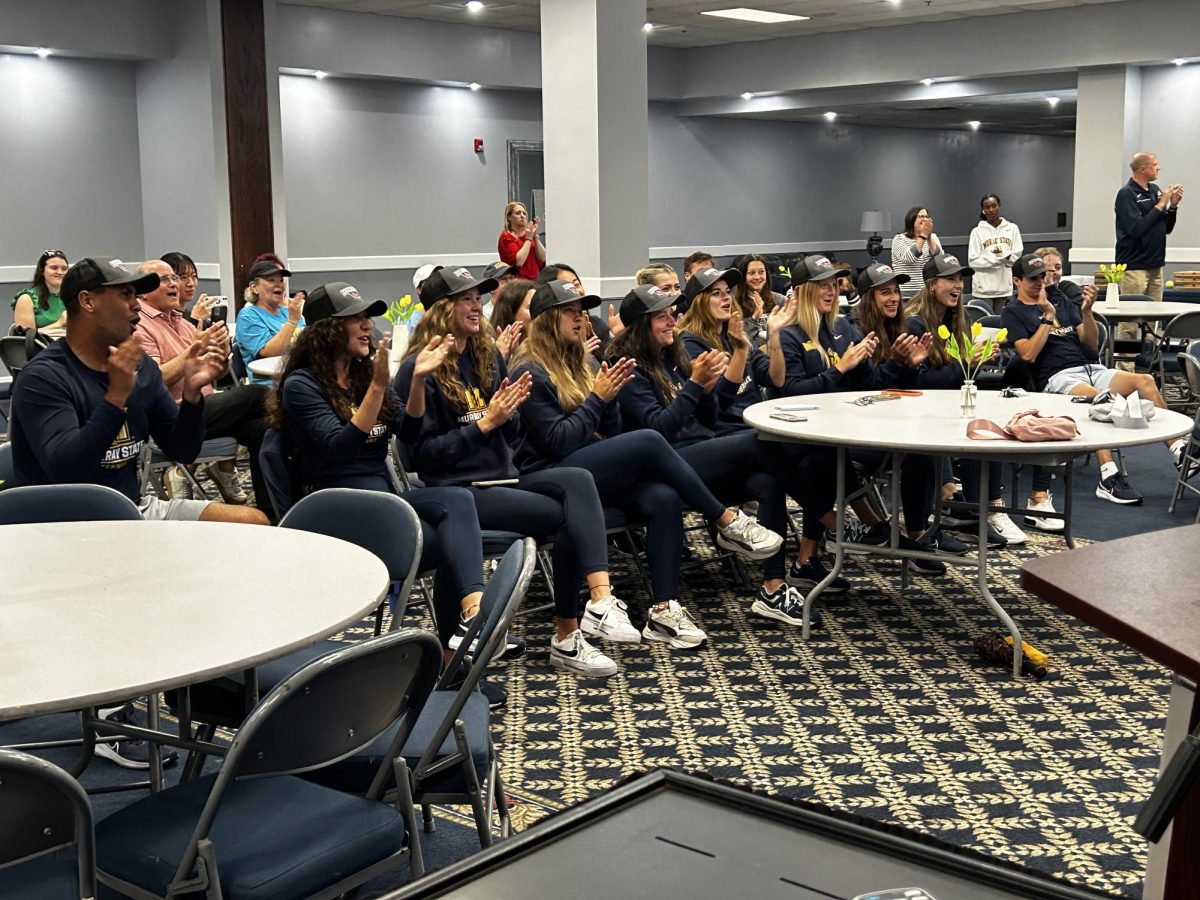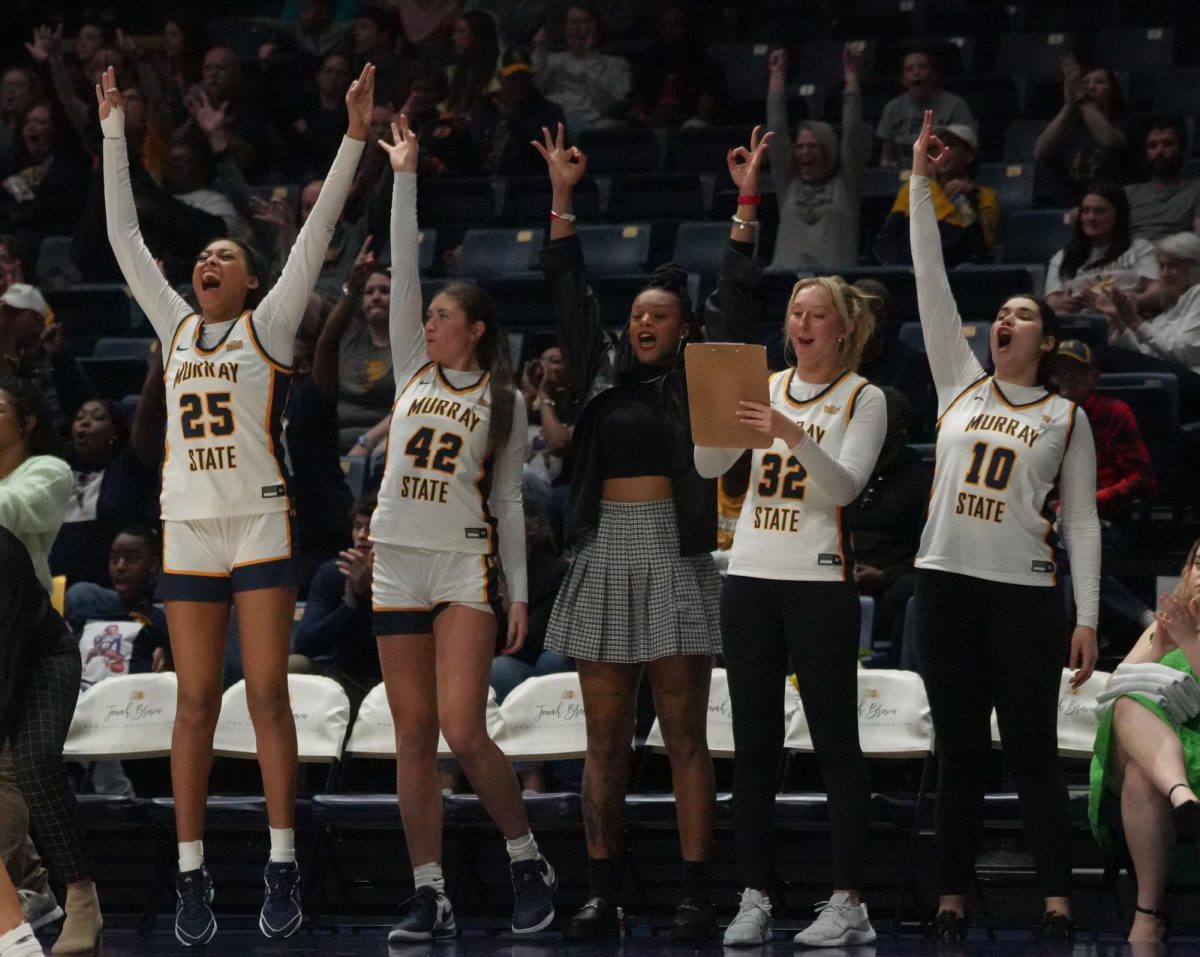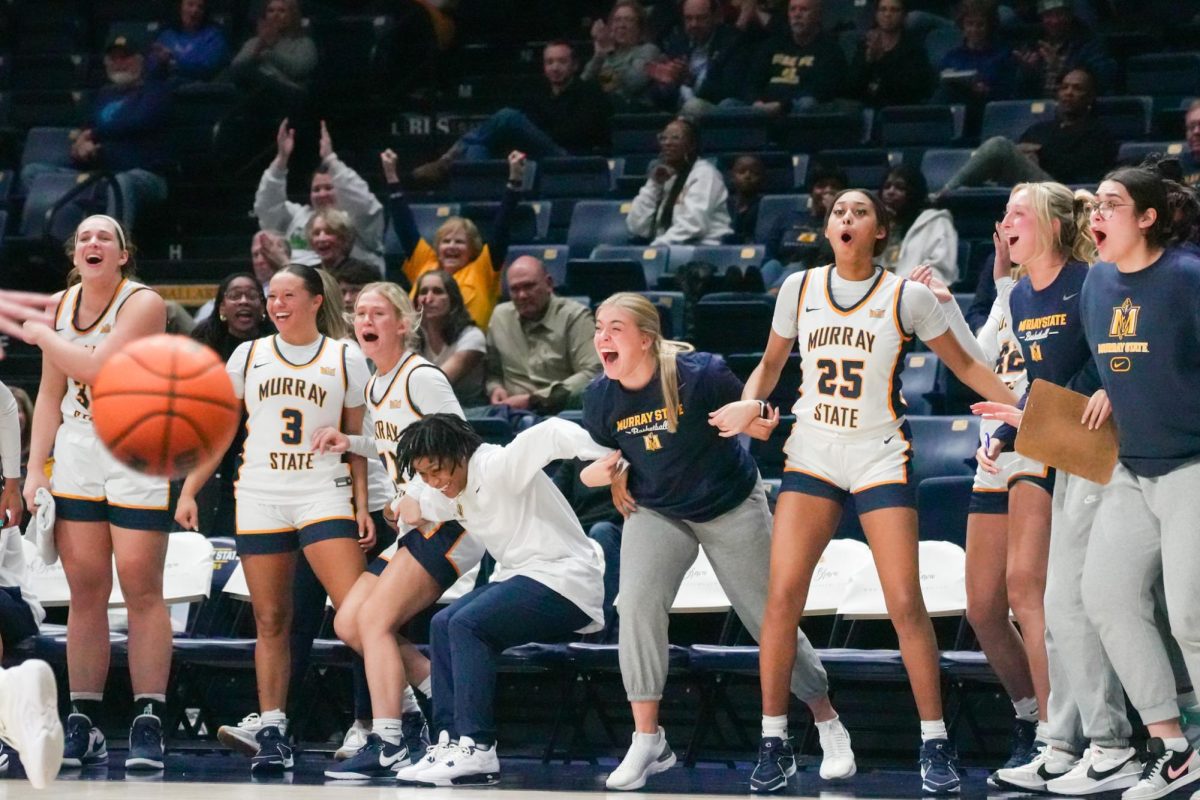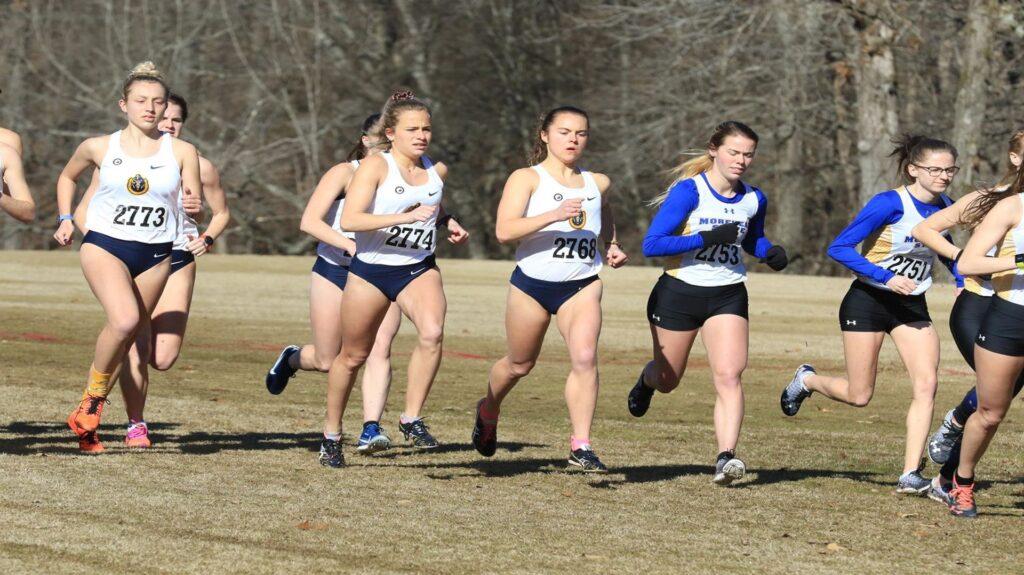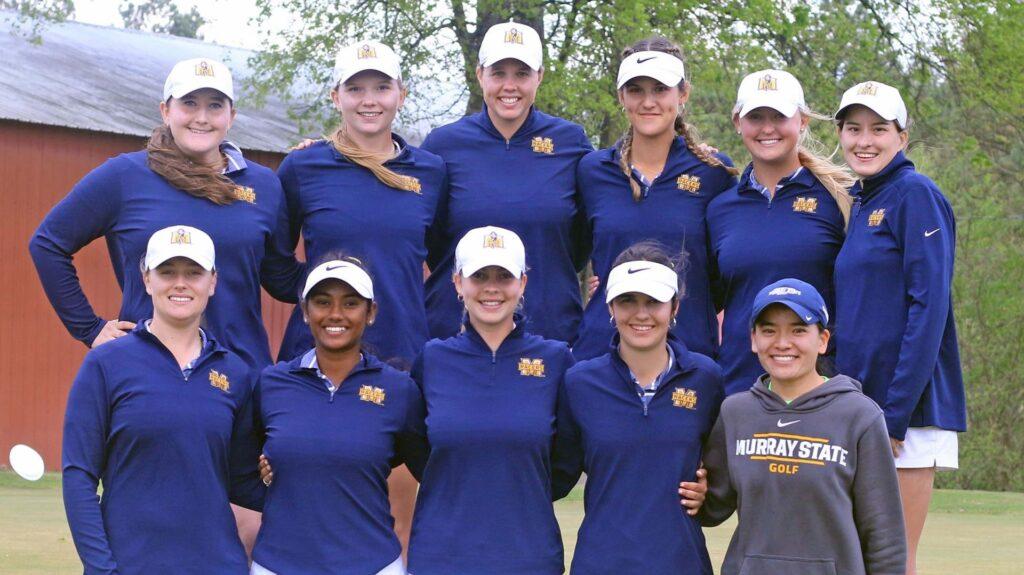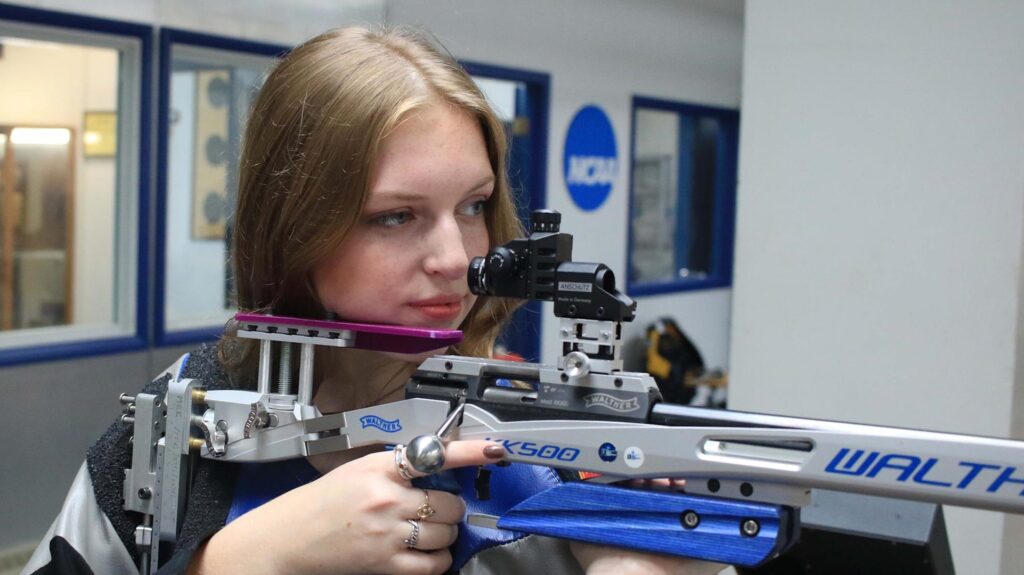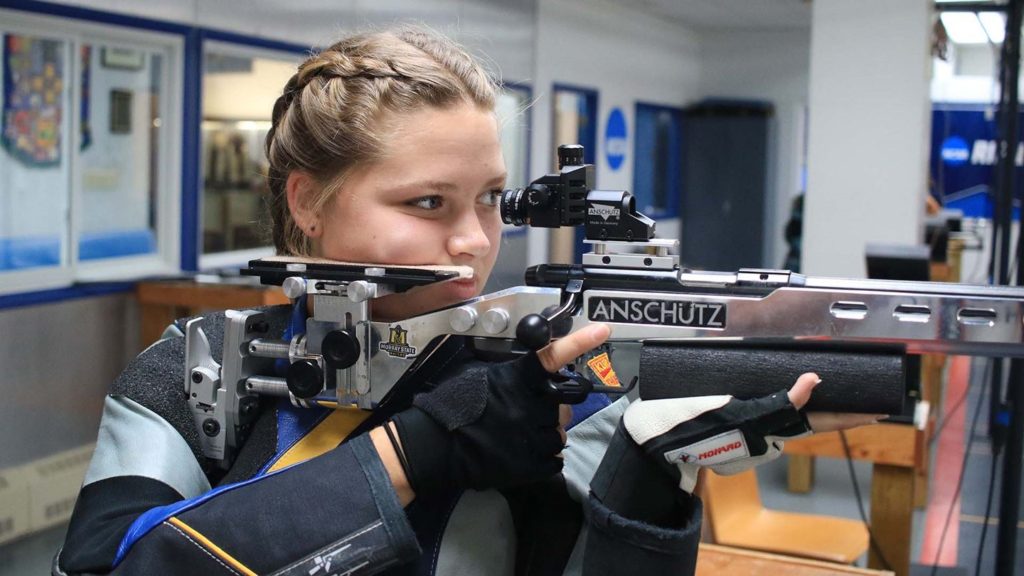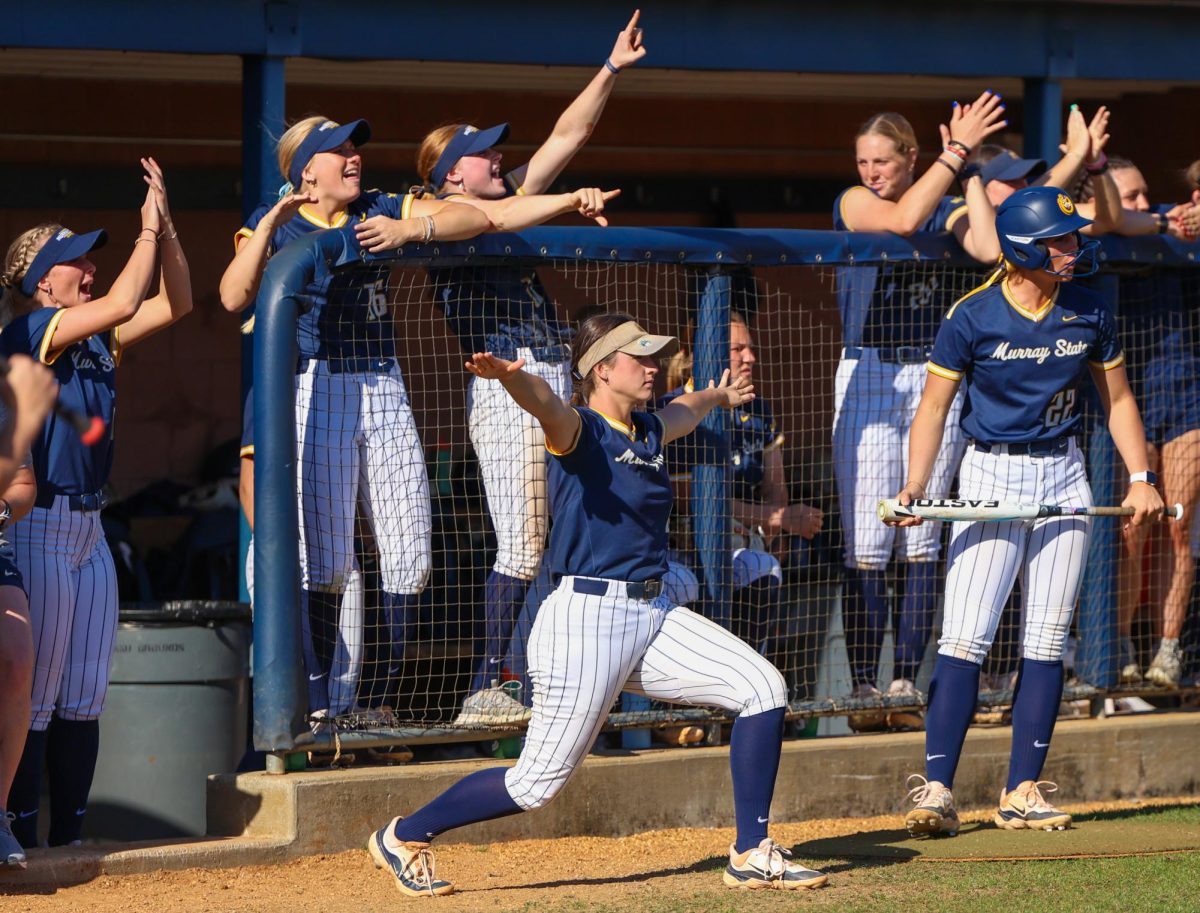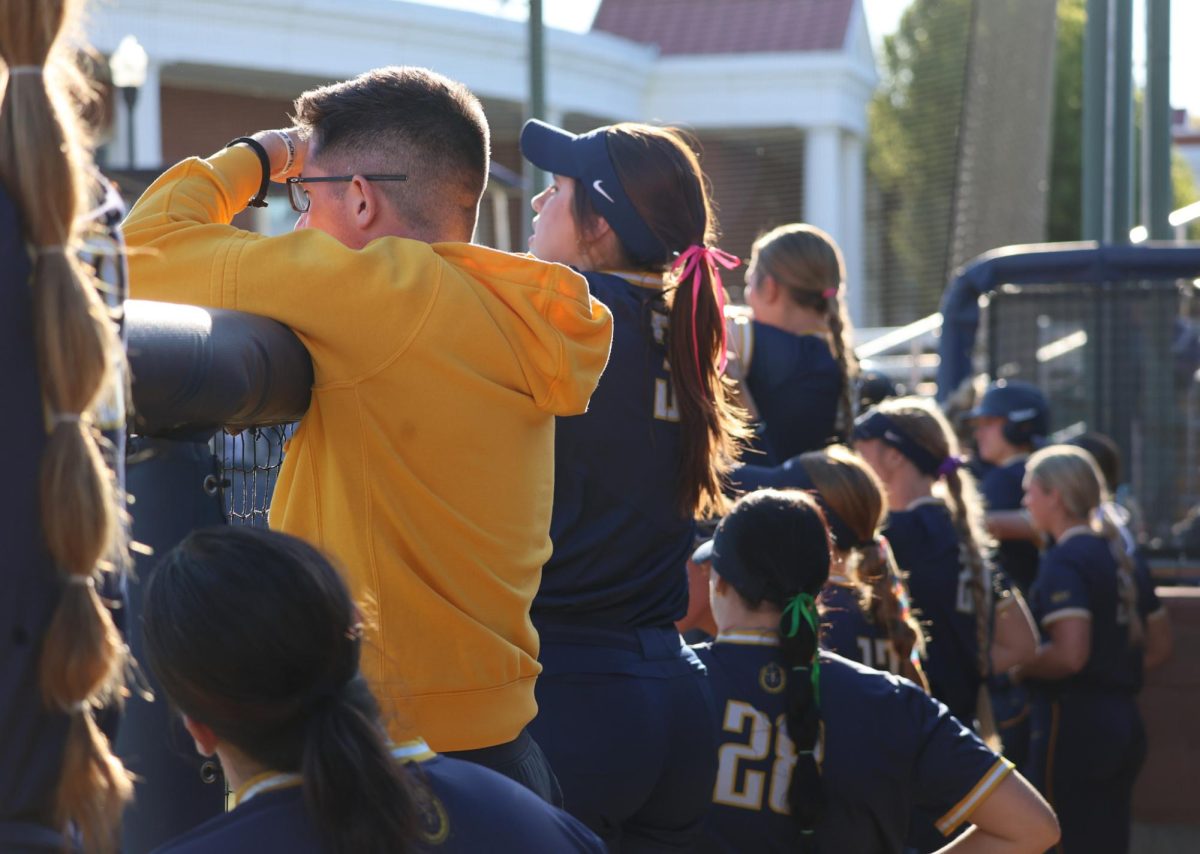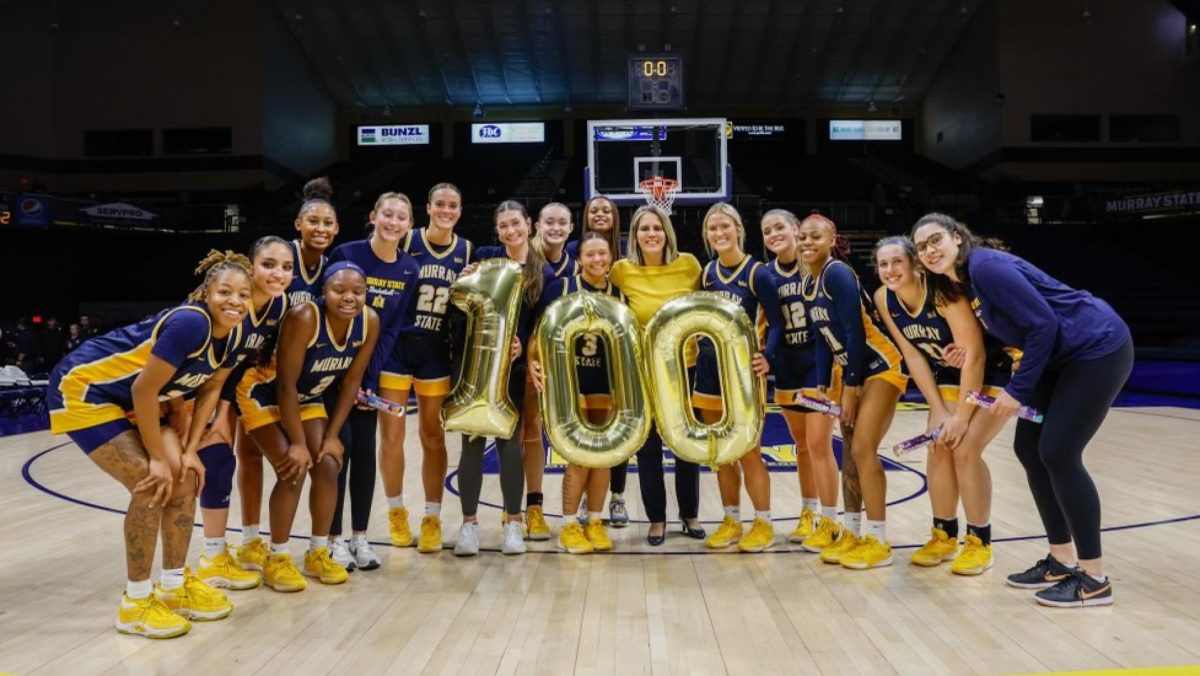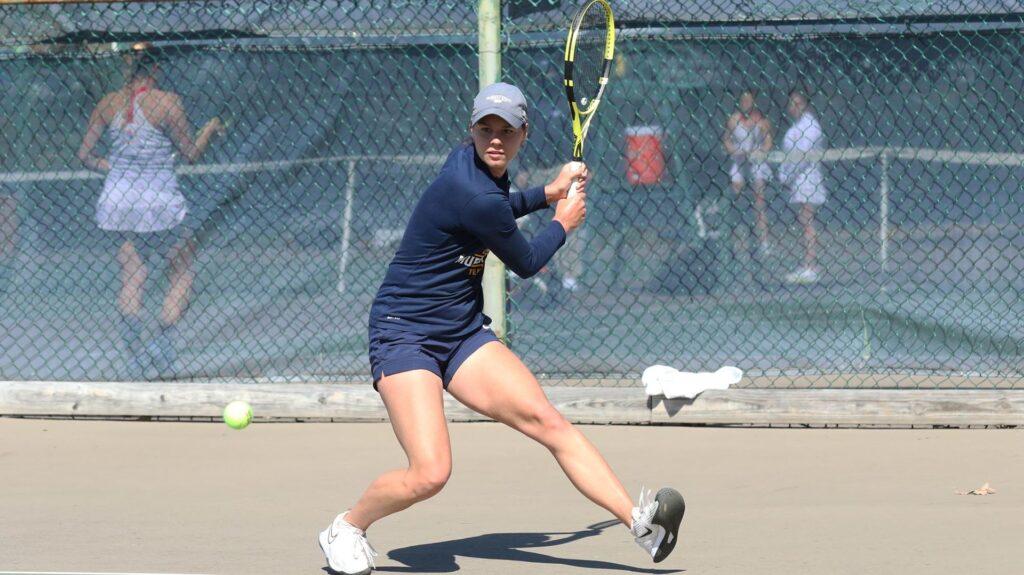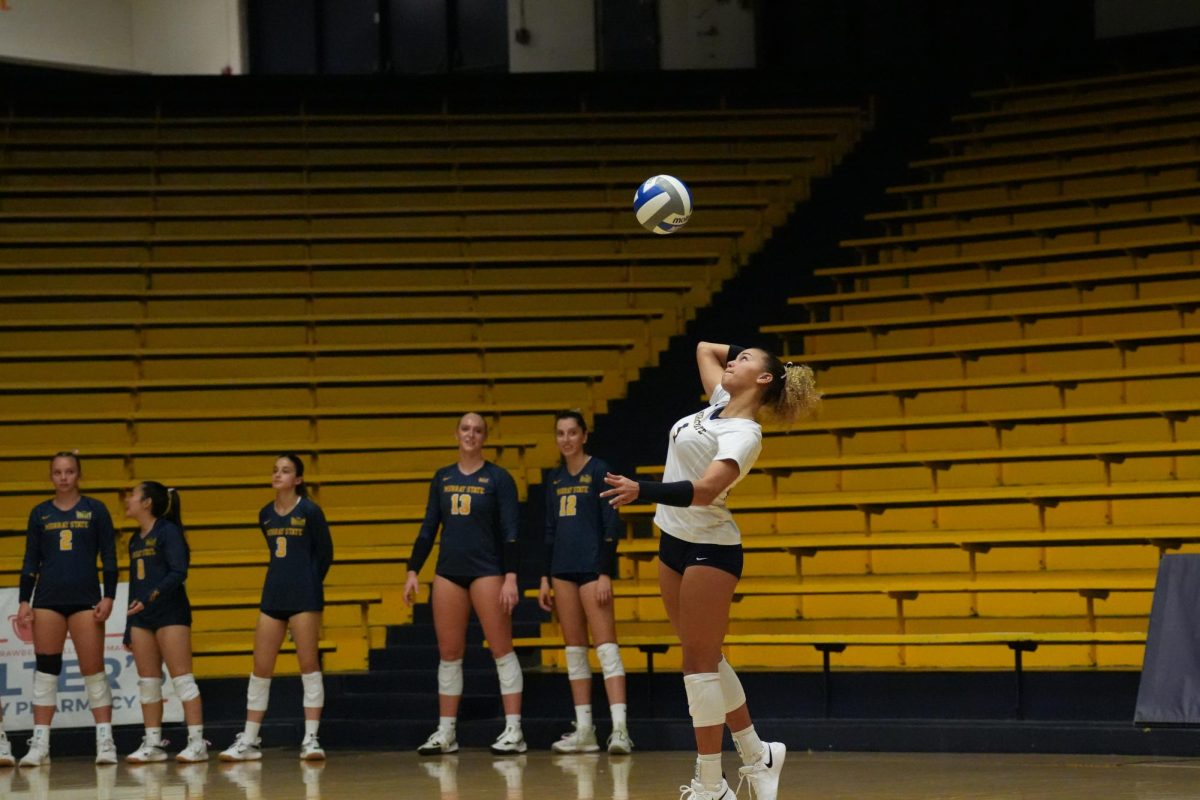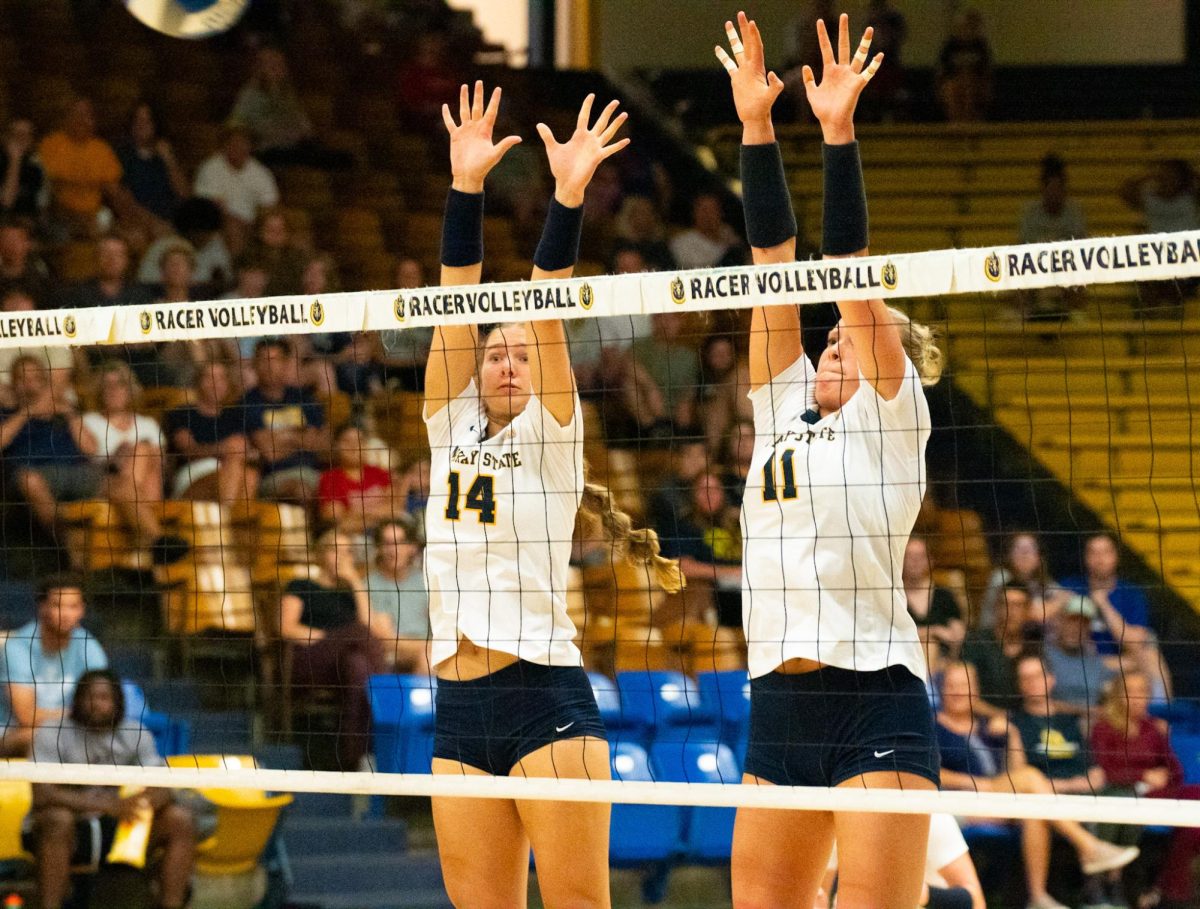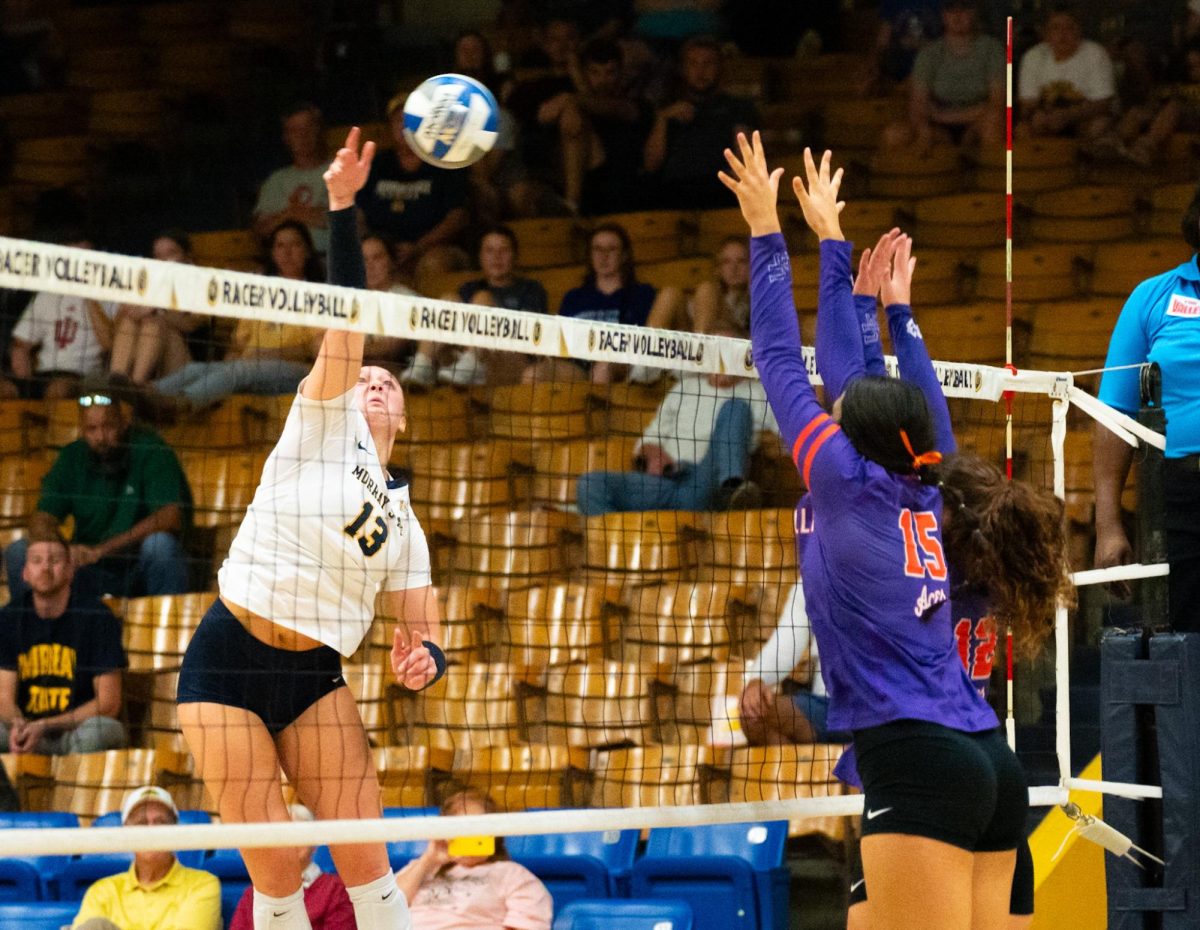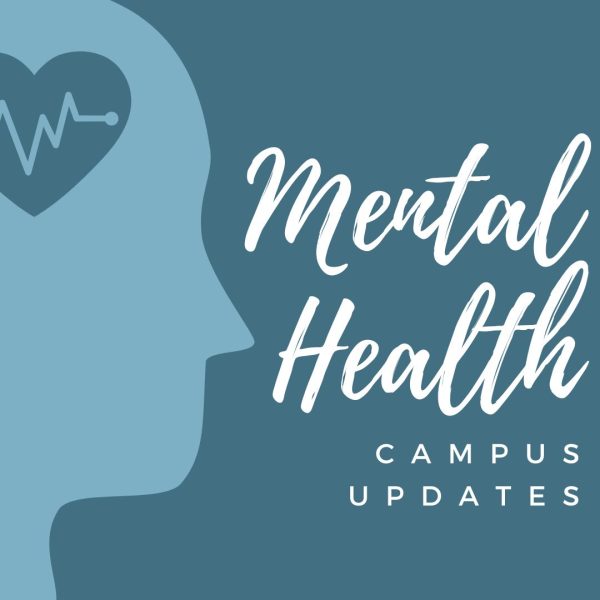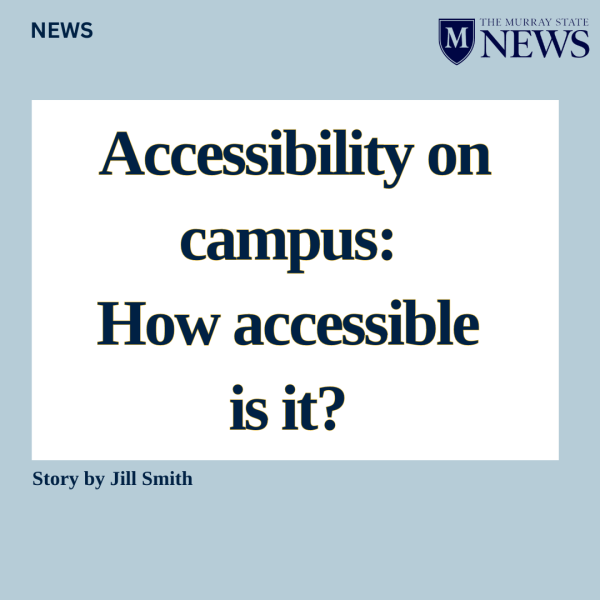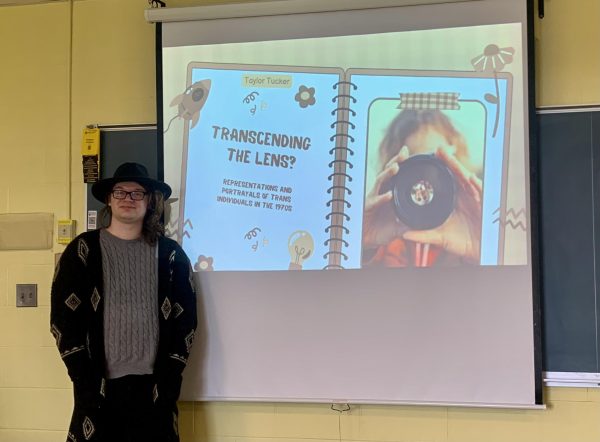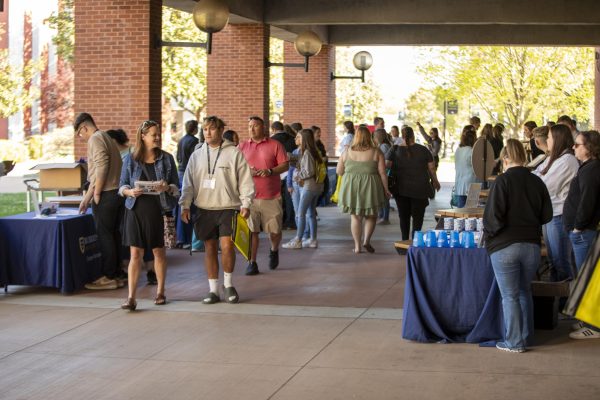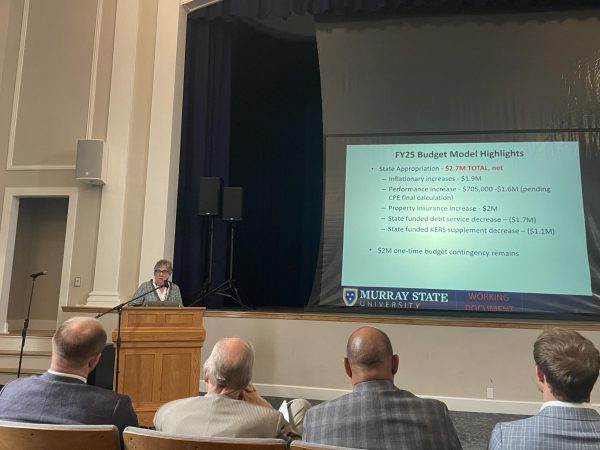Enrollment and retention numbers rise
February 2, 2023
Enrollment and retention numbers at Murray State were higher in fall 2022 and spring 2023, as pandemic restrictions eased and new strategies were put in place by the Division of Student Affairs to help students.
President Bob Jackson said the total spring enrollment this semester is higher than the last two spring semesters.
According to recent data, Murray State has the best retention rate among the regional comprehensive universities in Kentucky, Jackson said.
Retention and enrollment teams continually work with each other and directly with students to enhance retention and enrollment efforts. Plans are in place to continue to support students in academic and other needs.
Peggy Whaley, director for the Center of Student Engagement and Success, outlined one of the plans to help students with their academics to help with retention.
The office is preparing to launch a first-year academic advising model based on surveys sent to faculty advisers and students. Whaley said the survey was conducted by a president’s commission on academic advising, a group of faculty, staff and students who met during the 2021-22 academic year.
“We know that good advising is directly connected to retention,” Whaley said. “If students have a good adviser in their group of individuals who are helping them, we know that they’re going to feel better about their experience. They’re going to be in the right set of courses. They’re going to know about internships and careers and all this stuff that goes along with getting a degree.”
Whaley said staff are working to implement the first-year academic advising pilot, which begins with the first orientation in April.
Retention measures freshmen coming back to the University from one fall semester to the next. However, persistence is measured by the overall numbers from fall to spring semesters.
Freshman retention has risen three percentage points, from 74% to 77%, according to Whaley. Persistence percentage point numbers have risen by one to two points for freshmen, sophomores, juniors and seniors.
During COVID-19, most universities across the country anticipated and experienced retention rate drops, Whaley said. From fall 2020 to fall 2021, the University saw an expected drop of five percentage points.
Retention starts at summer orientation, Whaley says. It begins with making sure students have good advising and resources throughout the summer, which helps create a sense of belonging when they arrive at the University, she said. To further that, the office also tries to structure events to help with involvement.
“We’re always trying to do some activities, not just our office but all student affairs and academic colleges as well, to ensure that they’re getting the resources they need to be successful, but that they’re also aware of all the resources,” Whaley said.
In fall 2021, they restructured how they communicate with struggling students, Whaley said.
“We changed the way in which we outreach,” she said. “Instead of relying so much on email for that initial outreach when we knew a student was struggling, our initial outreach now is picking up the phone.”
Reaching students by phone allows for faster correspondence, helping the office figure out the issue and how to resolve it faster.
The office staff also offer open office hours, in which students can ask questions or obtain needed help. .
Currently, those office hours are Monday and Thursday afternoons from 2-4 p.m, but staff is considering adding evening hours.
Students can visit the Division of Student Affairs’ Instagram page @studentaffairsmurraystate, their Facebook page under Murray State University Student Affairs or Twitter @racerssuccess to see any updates or changes made to those hours.


